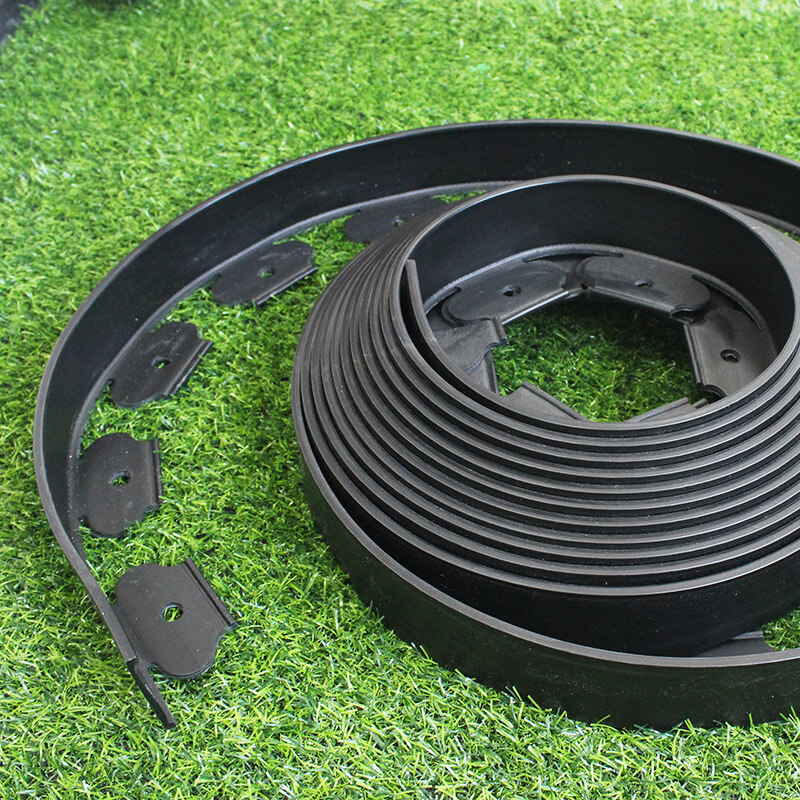Crafting Your Ideal Garden: Choosing the Perfect Edging Material
Sep 07,2023
View: 498
Garden edging is an important element in beautifying your garden. It can define boundaries, protect plants, and prevent lawn and weed growth in unwanted areas. When choosing the perfect edge for your garden, multiple factors such as budget, material, style, and installation difficulty should be taken into consideration. Here are some of the best materials for garden edging along with their advantages and disadvantages:
Plastic Edging
Plastic edging is an affordable, lightweight, and easy-to-install option. Typically made from PP/PE, it can flexibly bend and easily be cut to the desired length. Plastic edging comes in a variety of colors and textures that can match the overall garden design. However, long-term use may make plastic brittle or fade. For more stable support, it’s recommended to choose concrete or steel edging.

Metal Edging
Metal edging is a durable, sturdy choice that can provide a modern and upscale look. It’s usually made of aluminum, steel, or iron and can withstand weather and time changes. Metal edging is also easy to install and can be fixed with nails or stitches. However, metal edging needs regular maintenance to prevent rusting and corrosion, and may be more expensive than other options.

Stone Edging
Stone edging is a natural, high-end, and stable choice. Usually made of granite, sandstone, or limestone, these materials can last for a long time. Stone edging provides a beautiful appearance and can adapt to various garden styles, but installation is difficult and the weight is heavy, requiring professional installation.
Brick Edging
Brick edging is a classic, elegant, and durable choice. Usually made of clay or concrete, it can match other elements in the garden. Brick edging can also be self-installed, but attention needs to be paid to alignment and levelness; otherwise, a neat appearance cannot be created.
Wood Edging
Wood edging is perfect for gardens with a natural and primitive feel. Typically made of redwood, pine or cedar, it’s easy to install and has low operating costs. However, wood edging requires frequent maintenance and replacement, otherwise it may rot or deform.
Rectangular Concrete Blocks
Rectangular concrete blocks can quickly and inexpensively create garden edges. These blocks usually have durable elements and are easy to install, with a variety of colors and textures to choose from. However, the weight may be heavy; therefore, multiple people need to move together.
In summary, different types of garden edging provide unique advantages and disadvantages. Plastic and metal edging are easy to install and maintain, while stone and brick edging provide a natural and elegant look. Wood edging is perfect for gardens with a natural and primitive theme, and rectangular concrete blocks are quick and cost-effective. Consider your budget, desired style, and installation difficulty when choosing the best garden edging option for your needs.